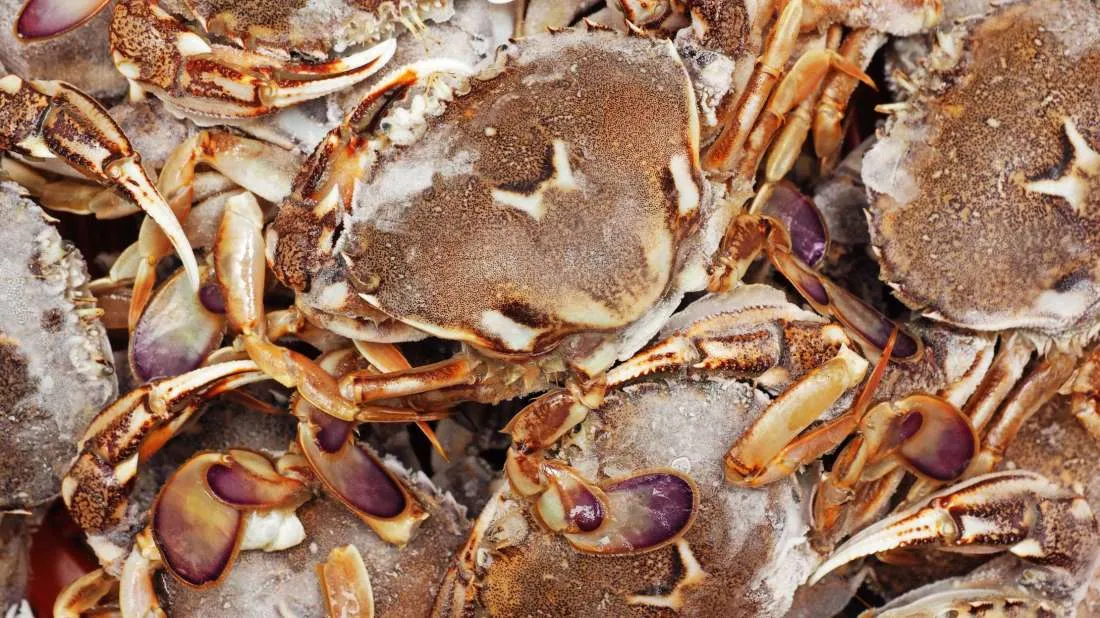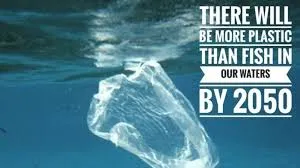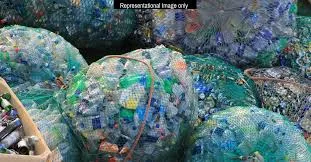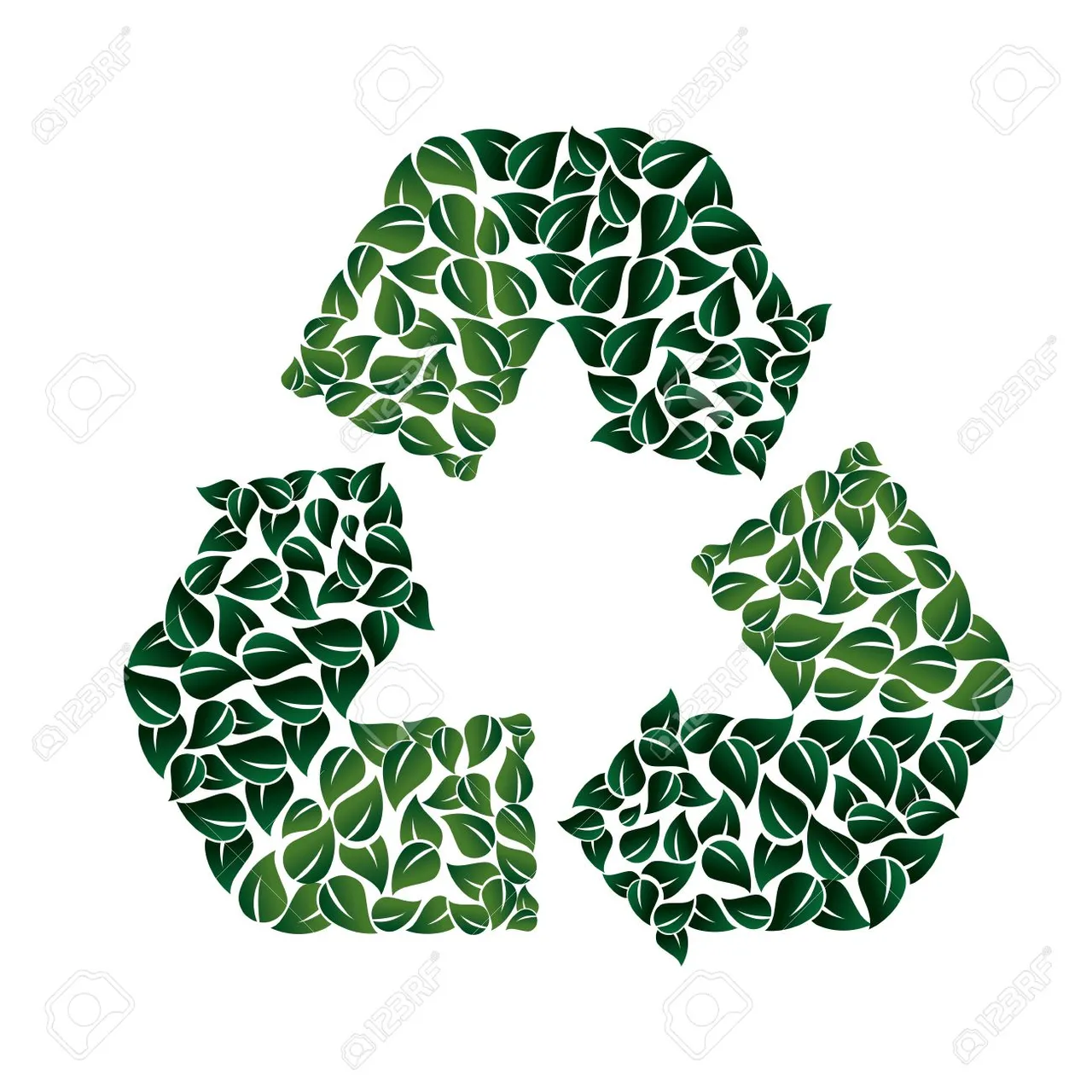
The old, despised, pollutant plastic could soon be just a bad memory. It has been announced on July 23rd in the journal ACS Sustainable Chemistry and Engineering in an in-depth article describing a recent research on the development of a new, flexible material created by researchers from Georgia Institute of Technology: “The main benchmark that we compare it to is PET, or polyethylene terephthalate, one of the most common petroleum-based materials in the transparent packaging you see in vending machines and soft drink bottles” explained Dr J. Carson Meredith of Georgia Tech’s School of Chemical and Biomolecular Engineering, who led the study together with his research team which included Meisha Shofner, an associate professor in the School of Materials Science and Engineering and the interim executive director of the Renewable Bioproducts Institute, John R. Reynolds, a professor in the Schools of Chemistry and Biochemistry and Materials Science and Engineering, and Chinmay Satam, a graduate student at Georgia Tech.

The material is made by spraying multiple layers of chitin from crab shells and cellulose from trees to form a flexible film similar to plastic packaging film: cellulose is the planet’s most common natural biopolymer, followed precisely by chitin, which is found in shellfish, insects, and fungi.

Similar to cellulose nanocrystals (CNCs) or nanofibers (CNFs), chitin nanofibers (ChNFs) can be isolated and used as sustainable O2 barrier materials for food, electronics, and pharmaceutical packaging. These bioavailable nanomaterials are readily dispersed in water enabling spray-coated films to be deposited at high rates onto uneven or delicate surfaces. In the study, they demonstrated the successful layer-by-layer spray coating of cationic ChNF and anionic CNC suspensions onto poly(lactic acid) (PLA) films. ChNF/CNC multilayers were found to lead to a reduction in the O2permeability of the final composite film by as much as 73% with the largest effects seen in composites with three alternating layers (ChNF-CNC-ChNF). Multilayer ChNF/CNC coatings were found to have lower O2 permeability and lower haze than those coated with ChNF or CNCs alone (72% and 86% lower haze, respectively), pointing to a synergistic effect. The composites had a water vapor transmission rate similar to the PLA substrate.

By suspending cellulose and chitin nanofibers in water and spraying them onto a surface in alternating layers and letting it be fully dried, the material becomes flexible, strong, transparent and compostable.
The team had been looking into chitin for an unrelated reason when they wondered if it might have a use in food packaging.
“We recognized that because the chitin nanofibers are positively charged, and the cellulose nanocrystals are negatively charged, they might work well as alternating layers in coatings because they would form a nice interface between them,” Meredith said, highlighting that this makes it the right solution to replace the flexible plastic packaging used to keep food fresh “Our material showed up to a 67 percent reduction in oxygen permeability over some forms of PET, which means it could, in theory, keep foods fresher longer.”
Packaging meant to preserve food needs to prevent oxygen from passing through. Part of the reason the new material improves upon conventional plastic packaging as a gas barrier is that of the crystalline structure of the film.

“We had been looking at cellulose nanocrystals for several years and exploring ways to improve those for use in lightweight composites as well as food packaging, because of the huge market opportunity for renewable and compostable packaging, and how important food packaging overall is going to be as the population continues to grow,” Meredith said.
“It’s difficult for a gas molecule to penetrate a solid crystal because it has to disrupt the crystal structure,” added the professor. “Something like PET, on the other hand, has a significant amount of amorphous or non-crystalline content, so there are more paths easier for a small gas molecule to find its way through.”

Environmentalists are already ready to gloat: the world has long looked for renewable ways to replace petroleum-based materials in large consumer products and with the amount of cellulose already produced and a ready supply of chitin-rich by-products left over from the shellfish food industry, there’s plenty of material available to make the new films a viable flexible-packaging alternative.
Of course, there is still much to do: scientists are still working on improving the material’s ability to block water; also, while is easy to synthesize the tree cellulose, chitin proves more difficult to work with.
But, apart from simplifying manufacturing techniques, the team has now to work on a way to make the new material commercially viable: this means bringing down production costs and make the new material competitive with flexible packaging film on cost.
This is not the first time that researchers have explored the use of naturally occurring chitin to replace plastic materials. Last year, The Engineer reported on a Nottingham University led effort to make biodegradable shopping bags from discarded shrimp shells.
Today the finish line is closer and hopefully, soon we’ll go shopping with our bags made by crabs shells and cellulose: this will completely revolution the packaging sector and industries have to be ready for this.

Since the “Plastics BAN (Better Alternatives Now) List” supporting California’s 67 ban on carry-out plastics, packaging industry’s Achilles’ heel has always been sustainability. Not just in the U.S. but also in the EU, many guidelines have been issued: at the moment there over 33 sustainability and environmental protection EU directives, regulations, targets and programs aimed to impact on packaging sector in order to improve environmental life, preventing waste and food spoilage, avoiding products damage and deterioration. Moreover, packaging waste in Europe is governed by the Packaging and Packaging Waste Directives 94/62/EC as amended by directive 2004/12/EC. This interests the whole packaging system of the European marketplace and also includes target figures for recycling for all EU member states.
Life cycle analysis has become an important factor to evaluate and compare the environmental impact of different kinds of packaging, in regard to the following key factors:
• Emissions to air and water, including carbon dioxide
• Energy consumed
• Water consumed
• Disposal methods/recovery rates.

But being updated on U.S. and EU regulations is easy when you can count on a platform of experts in the field. Here at OPN wetake sustainability seriously and we are able to offer you alternative and green ways to support your business and transactions.